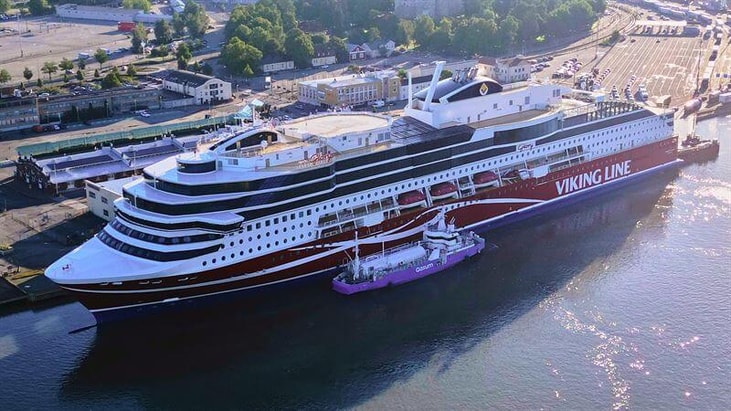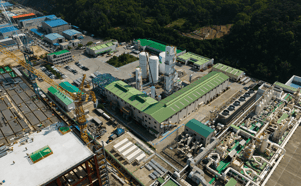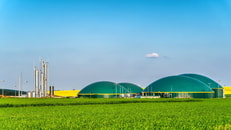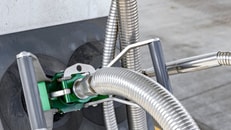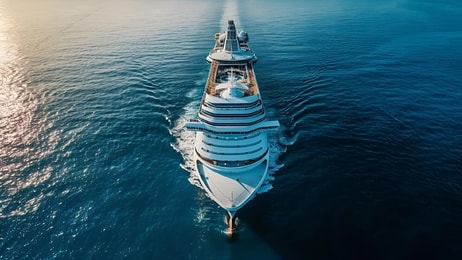Viking Line cuts emissions 90% with BioLNG on Baltic Sea route
Viking Line is set to reduce emissions on its Turku-Stockholm route by 90% as it transitions to using liquefied biogas (LBG) – also called BioLNG – for the first time over an entire week.
Beginning on Baltic Sea Day, August 29th, and continuing through September 4th, the vessels Viking Glory and Viking Grace will operate solely on BioLNG, establishing the Baltic Sea’s first green shipping corridor.
This shift from liquefied natural gas (LNG) to BioLNG is expected to cut carbon dioxide (CO2) emissions by approximately 2,600 tonnes, a reduction equivalent to the annual carbon footprint of 270 Finns.
Labelling the event as an ‘historic moment’, Dani Lindberg, Sustainability Manager at Viking Line, said, “We have invested €450m ($495m) in our climate-smart vessels Viking Grace and Viking Glory and one of their most important features is that they can run on LNG, biofuel and future synthetic fuels produced from renewable energy.”
... to continue reading you must be subscribed

